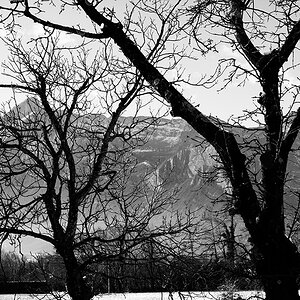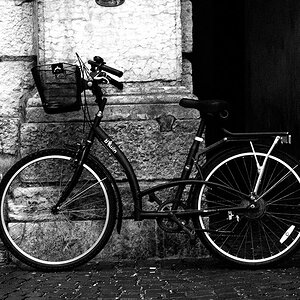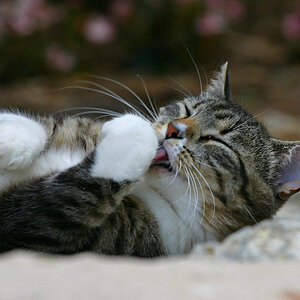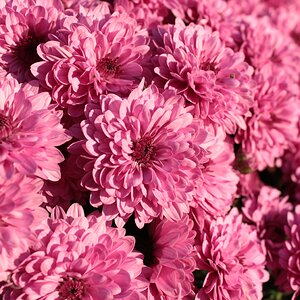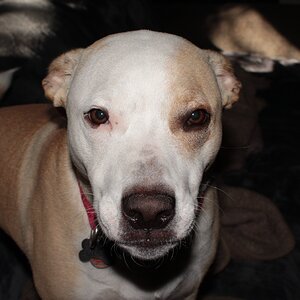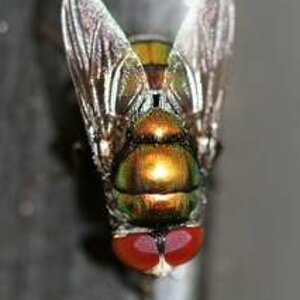Village Idiot
No longer a newbie, moving up!
- Joined
- Mar 20, 2008
- Messages
- 7,269
- Reaction score
- 406
- Location
- Shepherdsturd, WV / Almost, MD
- Can others edit my Photos
- Photos NOT OK to edit
Let's see if this thread works or if anyone responds to it at all. Ask a question, get an answer. Any question. "Why do flashes make my pictures suck so bad", "what's a flash", "how can I light this situation", etc... There's more than enough knowledgable people on here to explain the answer to any question here.
So....go!
So....go!


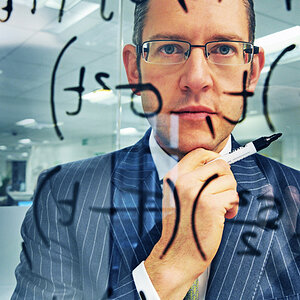
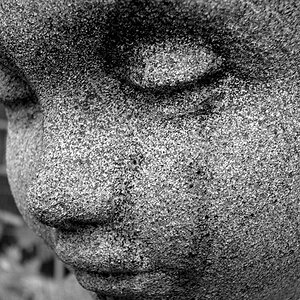
![[No title]](/data/xfmg/thumbnail/32/32808-9d1f657a1903d3bdbd67ea830397d62c.jpg?1619735668)
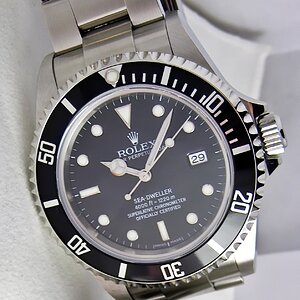
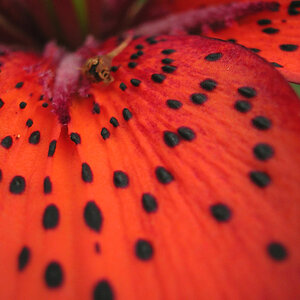
![[No title]](/data/xfmg/thumbnail/32/32631-60d0db057ee085953a0921e337396654.jpg?1619735552)
